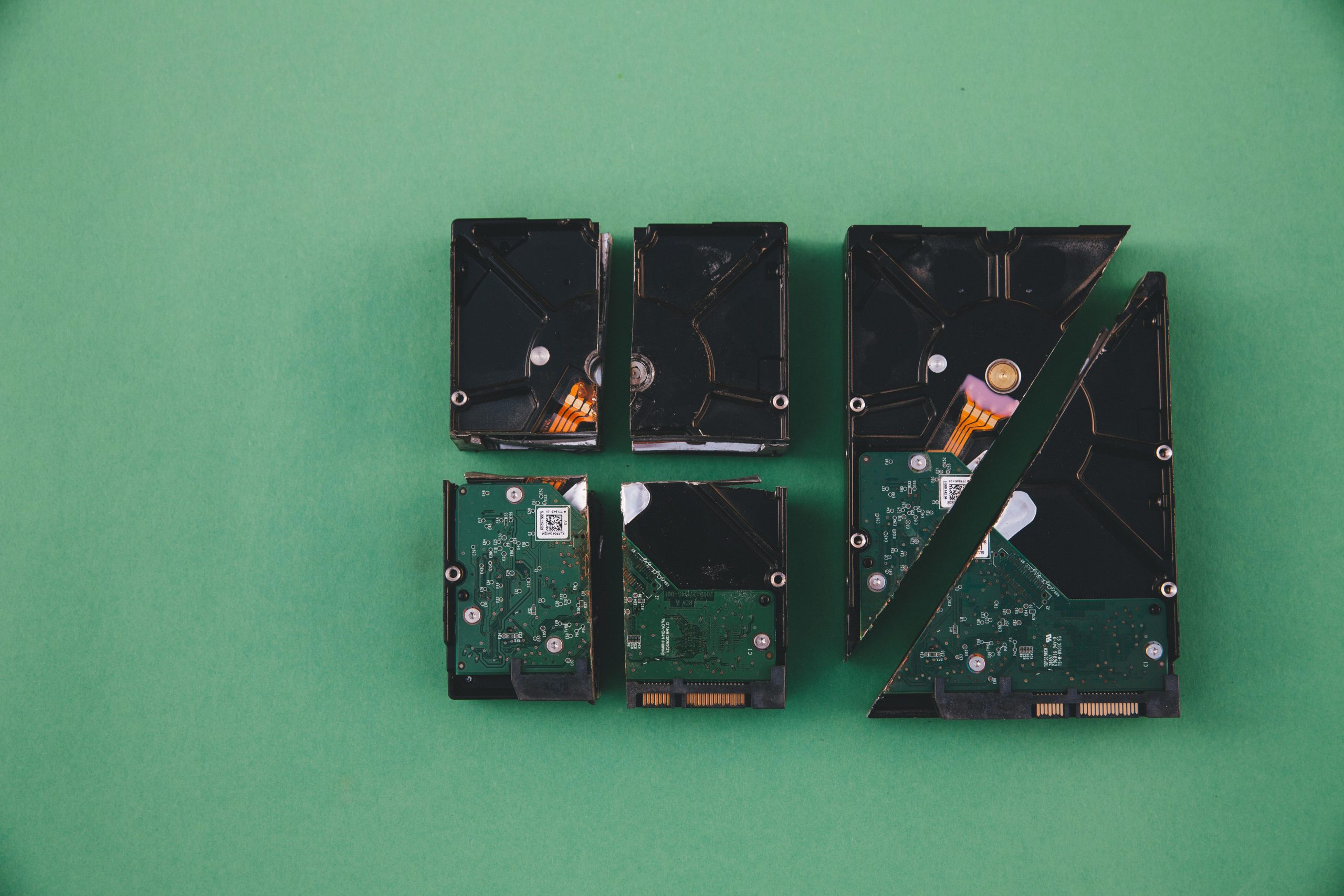Troubleshooting a Lenovo Legion Slim 5 16APH8 SSD Detection Issue: A Guide for Users
Introduction
When a high-performance gaming laptop like the Lenovo Legion Slim 5 16APH8 encounters boot issues, it can be both frustrating and concerning. A common problem faced by users is the SSD being recognized in BIOS but not accessible within Windows or during installation processes. This article explores the underlying causes, potential solutions, and best practices for data recovery in such scenarios.
Understanding the Issue
In some cases, users report that their Lenovo Legion Slim 5, relatively new with only 18 months of use, suddenly fails to boot, displaying an error message such as “Default Boot Device Missing or Boot Failed.” Interestingly, the SSD appears detectable within the BIOS: the system recognizes the Samsung MZVL2512HDJD-00BL2 NVMe drive. However, when attempting to access the drive via command prompts, Windows repair environments, or during OS installation, the SSD is either unseen or reports as unallocated space.
Common Observations:
– The SSD is visible in BIOS but not in Windows or during OS setup.
– Disk management tools show only USB drives and minimal unallocated space.
– Standard troubleshooting steps such as startup repair and fresh OS installation fail to recognize the drive properly.
– BIOS storage controller is set to AHCI, with no RAID or VMD options available.
Potential Causes
Several factors can lead to this discrepancy:
- Hardware Connection Issues: Although the drive appears in BIOS, internal seating or connection problems may cause inconsistencies.
- Firmware or BIOS Configuration: Outdated BIOS firmware or misconfigured settings can affect drive detection.
- Drive Failure: Solid-state drives can develop faults even within a short period, especially if subjected to power surges or manufacturing defects.
- Driver or Compatibility Problems: Missing or incompatible NVMe drivers may prevent Windows from recognizing the SSD during installation or repair.
Recommended Troubleshooting Steps
To address these issues, consider the following approach:
- Hardware Verification:
- Power down the device, unplug all cables, and open the chassis according to manufacturer guidelines.
- Carefully reseat the SSD to ensure it is correctly connected.
-
Inspect for visible signs of damage or debris.
-
Firmware and BIOS Updates:
- Visit Lenovo’s official support page to check for BIOS updates specific to your model.
-
Update the BIOS if newer firmware is available, following recommended procedures.
-
Drive Health and Compatibility:
–
Share this content:



